How Hard Is Everest Base Camp? Unpacking the Journey for Beginners
When you think about trekking to Everest Base Camp (EBC), the idea of reaching the foot of the world's highest mountain sounds exhilarating, but how difficult is it really? If you're sitting at home, perhaps daydreaming about standing in the shadow of Mount Everest, you're probably asking yourself, Is the Everest Base Camp trek difficult? Or more specifically, Is EBC for beginners? Let's break it down and give you all the details on what to expect, how to prepare, and the reality of trekking to this famous base camp.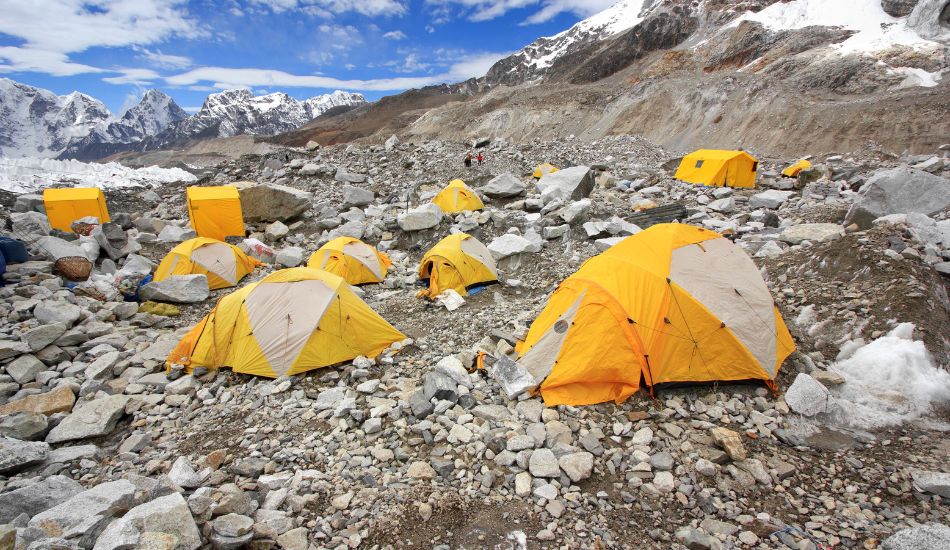
Is the Everest Base Camp Trek Really That Hard?
The Everest Base Camp trek is certainly a challenging adventure, but it's also an achievable goal for those who are reasonably fit and prepared. It's important to remember that the trek doesn't involve technical climbing—meaning you won't need ropes or harnesses to scale cliffs. However, it requires trekking for multiple days (around 12-14 days of walking), mostly uphill at high altitudes, where the air is thin and the oxygen levels drop significantly.
The physical challenge comes from the long hours of hiking each day (typically 5-7 hours), ascending from Lukla (9,383 feet) to Everest Base Camp (17,598 feet). As you gain elevation, the trail gets steeper, and the weather gets colder. The combination of high altitude, rugged terrain, and long trekking days can be exhausting, even for experienced hikers.
Why Is Altitude the Biggest Challenge?
Altitude is the real wild card here. At higher elevations, the air has less oxygen, so your body needs to work harder to function. It's common for trekkers to experience altitude sickness, which includes headaches, nausea, and shortness of breath. The trek allows for acclimatization days, where you rest and let your body adjust to the thinning air, but you still need to be mindful of the signs of altitude sickness.
That said, with proper preparation and pacing, most people can manage this without too much trouble. But this is where the question "Is EBC for beginners?" gets a little tricky.
Is Everest Base Camp Trek Difficult for Beginners?
While the Everest Base Camp trek is considered a challenging journey, it is by no means impossible for beginners. You don't need to be a seasoned mountaineer to complete the trek, but you do need to be physically and mentally prepared. Here's what you should know as a beginner:
- Physical Preparation: You don't need superhero-level fitness, but you should have a good base level of stamina and endurance. Regular hiking, especially uphill, and cardiovascular exercises like running, swimming, or biking will help you get ready. Train by walking with a loaded backpack to simulate the weight you'll carry during the trek.
- Mental Fortitude: Trekking to Everest Base Camp is not just about physical strength. You'll need mental resilience to deal with the long days, fatigue, altitude symptoms, and sometimes harsh weather conditions. Being able to push through discomfort while maintaining a positive attitude is key to success.
- Planning: Good planning can make all the difference. Make sure you give yourself enough time for the trek, including acclimatization days, and that you're mentally prepared for the slow pace required at high altitudes.
So, is EBC for beginners? Yes, as long as you come prepared and are ready to face the challenges with a positive mindset.
How to Trek to Everest Base Camp: The Complete Beginner's Guide
Wondering how to trek to Everest Base Camp if you're starting from scratch? Here's a step-by-step plan to help you prepare:
Training and Fitness Preparation
Before you set foot in Nepal, you'll want to be in solid shape. Start with cardio activities like walking, running, or biking at least three times a week. Gradually, aim to build up to longer hikes on the weekends to simulate trek conditions. Focus on endurance over speed—remember, you'll be walking 5–7 hours a day at high altitude, so pacing is key.
Altitude Acclimatization
One of the most important aspects of preparing for Everest Base Camp is understanding altitude acclimatization. On the trek, your itinerary should allow for rest days to adjust to the elevation, but practicing deep breathing techniques and staying hydrated can also help your body cope better with less oxygen.
Recommendation Read: Acclimization and Altitude Sickness
Packing the Right Gear
The right gear can make or break your trek. Essentials include:
- Sturdy hiking boots (broken in beforehand!)
- Warm layers (temperatures drop significantly at night)
- Daypack for carrying essentials like water, snacks, and extra layers
- Sunscreen and sunglasses (the sun at high altitude is intense)
Packing light but smart is essential—carrying too much can slow you down and tire you out quickly.
Read Our Blog: Everest Base Camp Trek Trekking Routes
Tips for Making the Everest Base Camp Trek Easier
If you're ready to take on this adventure, here's a step-by-step guide on how to trek to Everest Base Camp.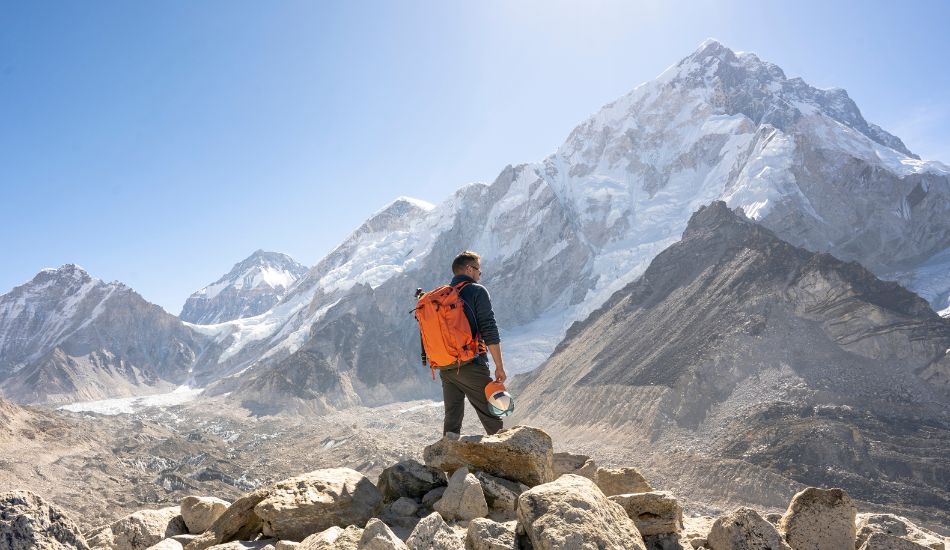
1. Building Physical Fitness
Pre-conditioning is the main foundation of your trek as a body and soul. To begin, consider staggering running, swimming, cycling, and every other similar that incorporates large muscles into your weekly schedules. Before the actual trekking date select longer uphill treks that will involve carrying backpacks. Hour long walks at a stretch for four to five days continuously are a feature of the tour and one needs to graduate to 5-7 hours of hiking daily to tackle the fatigue factor.
2. Adjusting to High Altitude
Altitude is a significant factor that can make or break your experience. Altitude acclimatization is crucial, and this is where your trek's pacing becomes essential. Most Everest Base Camp treks have built-in rest days to allow your body to adjust to the thin air, usually at Namche Bazaar and Dingboche. Keep in mind the rule of thumb for altitude: "Climb high, sleep low." You'll often hike to a higher altitude during the day and sleep at a lower elevation to help your body adjust.
3. Packing Essentials for the Trek
Having the right gear can significantly impact your trek. Some of the essentials include:
- Hiking Boots: Well-fitted, broken-in boots are a must. You'll be walking on rocky and uneven surfaces, so sturdy footwear with ankle support is essential.
- Warm Layers: Temperatures at Everest Base Camp can drop below freezing, especially at night. A down jacket, thermal layers, gloves, and a wool hat are critical.
- Daypack: A lightweight, comfortable daypack with space for water, snacks, extra layers, and a camera is ideal. Don't forget sunscreen and lip balm with SPF, as the sun at high altitudes can be intense.
- Hydration: Drinking at least 3-4 liters of water daily is crucial to avoid altitude sickness. Bring a water bottle or hydration system for easy access.
For more details, Read Blog What to Pack for Everest Base Camp Trek
4. Permits and Guides
To trek to Everest Base Camp, you'll need two permits:
- Sagarmatha National Park Entry Permit
- Trekkers' Information Management System (TIMS) Card
You can trek independently or join a guided group. For beginners, hiring a local guide or joining an organized group trek can reduce the stress of planning and navigation, and they can help manage any issues with altitude or logistics.
What's It Like to Reach Everest Base Camp?
Finally, let's talk about that moment you've been waiting for: arriving at Everest Base Camp. After days of trekking through rugged landscapes, crossing suspension bridges, and marveling at breathtaking Himalayan views, you'll reach the iconic Base Camp.
Is it worth the effort? Absolutely. Standing at the foot of the tallest mountain in the world, looking at the towering peak of Everest, is something that few people get to experience. The sense of accomplishment is immense, and you'll be rewarded with memories and a perspective that few other treks can offer.
17-Day Everest Base Camp Trek Itinerary
To give you a clear idea of what to expect, here's a 17-day itinerary that includes acclimatization days and plenty of time to soak in the stunning Himalayan views.
| Day | Location | Elevation | Description |
| Day 1 | Arrive in Kathmandu | 4,593 feet | Rest day, explore the capital city. |
| Day 2 | Fly to Lukla, trek to Phakding | 9,383 feet to 8,563 feet | Scenic flight to Lukla, 3-hour trek to Phakding. |
| Day 3 | Trek to Namche Bazaar | 11,286 feet | 6-7 hour trek with suspension bridge crossings. |
| Day 4 | Acclimatization in Namche Bazaar | 11,286 feet | Explore Namche, hike to Everest View Hotel for acclimatization. |
| Day 5 | Trek to Tengboche | 14,469 feet | 5-6 hour trek through rhododendron forests, visit Tengboche Monastery. |
| Day 6 | Trek to Dingboche | 14,469 feet | 5-6 hour trek with views of Ama Dablam. |
| Day 7 | Acclimatization in Dingboche | 14,469 feet | Rest day, short hikes around Dingboche. |
| Day 8 | Trek to Lobuche | 16,207 feet | 5-6 hour trek, stunning views of glaciers and mountains. |
| Day 9 | Trek to Gorak Shep and EBC | 17,598 feet | 7-8 hour trek, arrive at Everest Base Camp, return to Gorak Shep. |
| Day 10 | Hike to Kala Patthar, back to Pheriche | 18,208 feet to 14,340 feet | Sunrise at Kala Patthar, then descend to Pheriche. |
| Day 11 | Trek to Namche Bazaar | 11,286 feet | 6-7 hour descent. |
| Day 12 | Trek to Lukla | 9,383 feet | 6-7 hour trek back through familiar villages. |
| Day 13 | Fly to Kathmandu | 4,593 feet | Scenic flight back to Kathmandu. |
| Day 14-16 | Buffer Days for Bad Weather | N/A | Optional extra days in case of flight delays or weather. |
| Day 17 | Depart Kathmandu | N/A | Fly home or continue exploring Nepal. |
Some Recent Information Related to Everest Base Camp Trek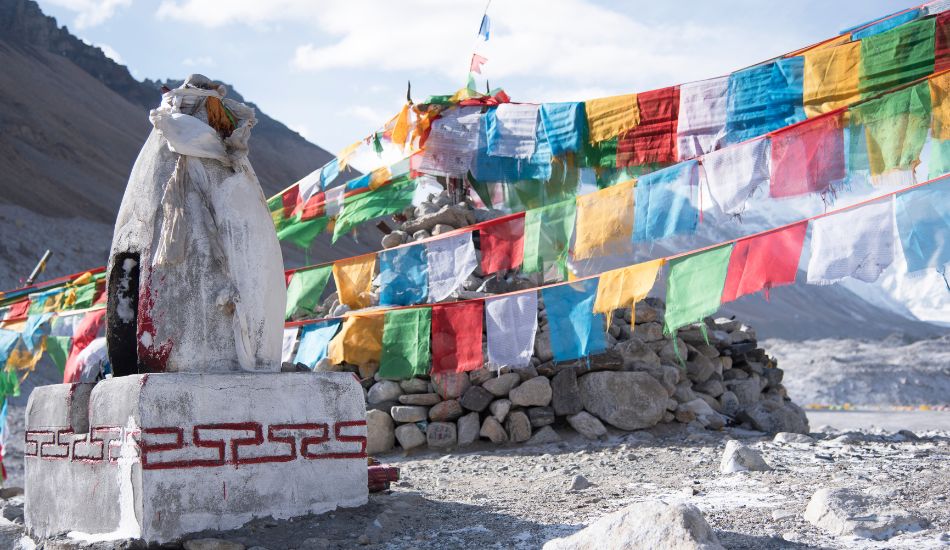
In recent years, the Everest Base Camp trek has seen a surge in popularity due to increased awareness and media coverage of trekking in the Himalayas. Here are some trending topics related to EBC that you might find interesting:
- Everest Base Camp Trek During COVID-19: Though covid restrictions has been relaxed across the world today, there are still measures put in place to check the spread of the virus among the trekkers.
- Eco-Friendly Trekking: Ecological trekking is a concept that is getting more popular recently. Currently, most of the tour operators have increased their ways to adopt eco-friendly treks by minimizing the use of plastics and empower the locals.
- Everest Base Camp Trek in Winter: Although majority of the trekkers prefer the spring and the autumn season, some of the adventurous trek lovers are even trekking to EBC in December-February and get to see all the beauty of snowy EBC trek.
- Helicopter Rides to EBC: For those who do not much time or who do not want to be engaged in an intense trek there are Heli-tours to the EBC. It is considered an interesting although costly means of viewing the Himalayas on tour.
Conclusion
The walks are one of the best and most well-liked ways to go to the EBC. They offer you the chance to see amazing sights, touch the top of oneself, and get to know the locals and their culture.The trek sometimes can be very tiring because of the high altitudes and the long distances one has to hike in a single a day but it can be done by a first time trekker with a lot of preparations and determination.
Whether this is your first time to do trekking or the previous occasions, getting to the base of the tallest mountain in the entire world is always a trip to remember.In case one is novices in trekking or maybe those who want to –as they say- ease their trekking process, should hire a tour company which is involved in trekking activities. A guided trek removes all the pressure of planning your route and lets you concentrate on the walk.
FAQs
Is Everest Base Camp trek difficult for beginners?
It's challenging but achievable for beginners with good preparation and fitness.
How do I prevent altitude sickness?
To prevent altitude sickness, trek slowly, stay hydrated, and allow time for acclimatization.
What's the best time to trek to Everest Base Camp?
The best time is spring (March-May) and autumn (September-November) when the weather is stable.
How long is the trek to Everest Base Camp?
This trek usually lasts 12-14 days, however longer time is needed this is why it is best to plan 17 days for this kind of trek.
Do I need a guide for the Everest Base Camp trek?
A guide is not obligatory but it solves the problem of safety for the first time visitors and helps to choose the right path..
How cold does it get at Everest Base Camp?
Temperatures can drop to -15°C (5°F) or lower at night, especially in the pre-dawn hours.

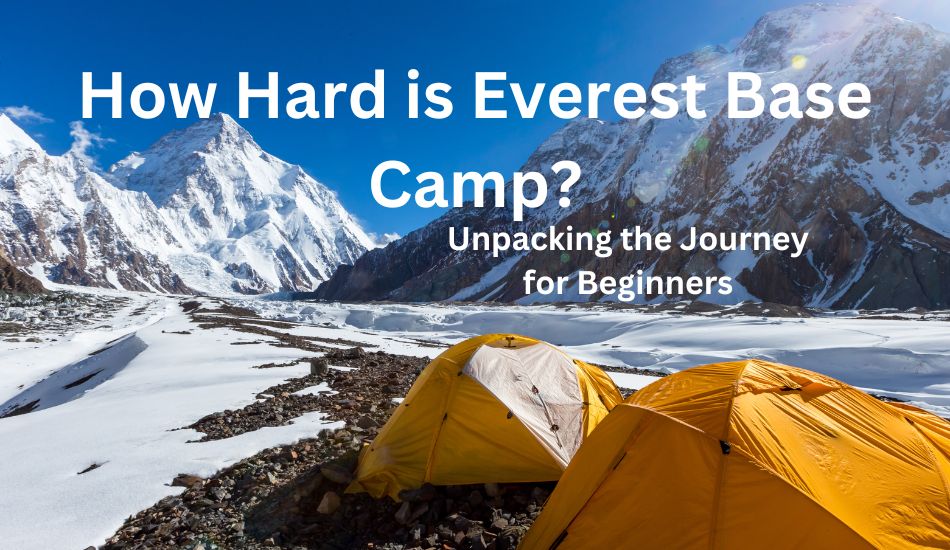
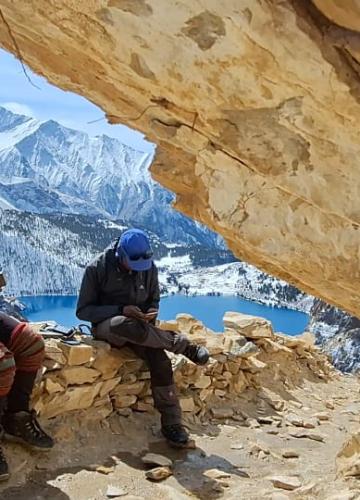
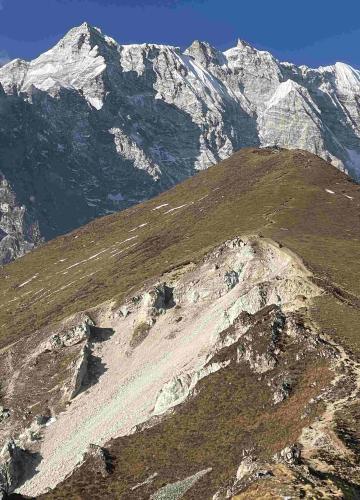
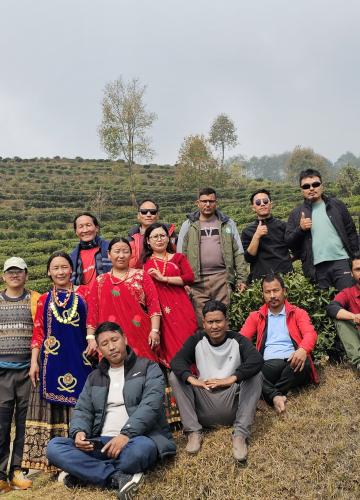
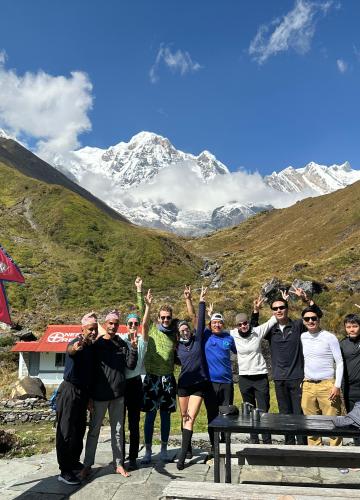
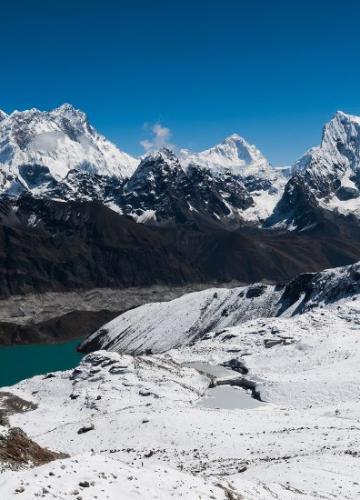

Leave Your Comment